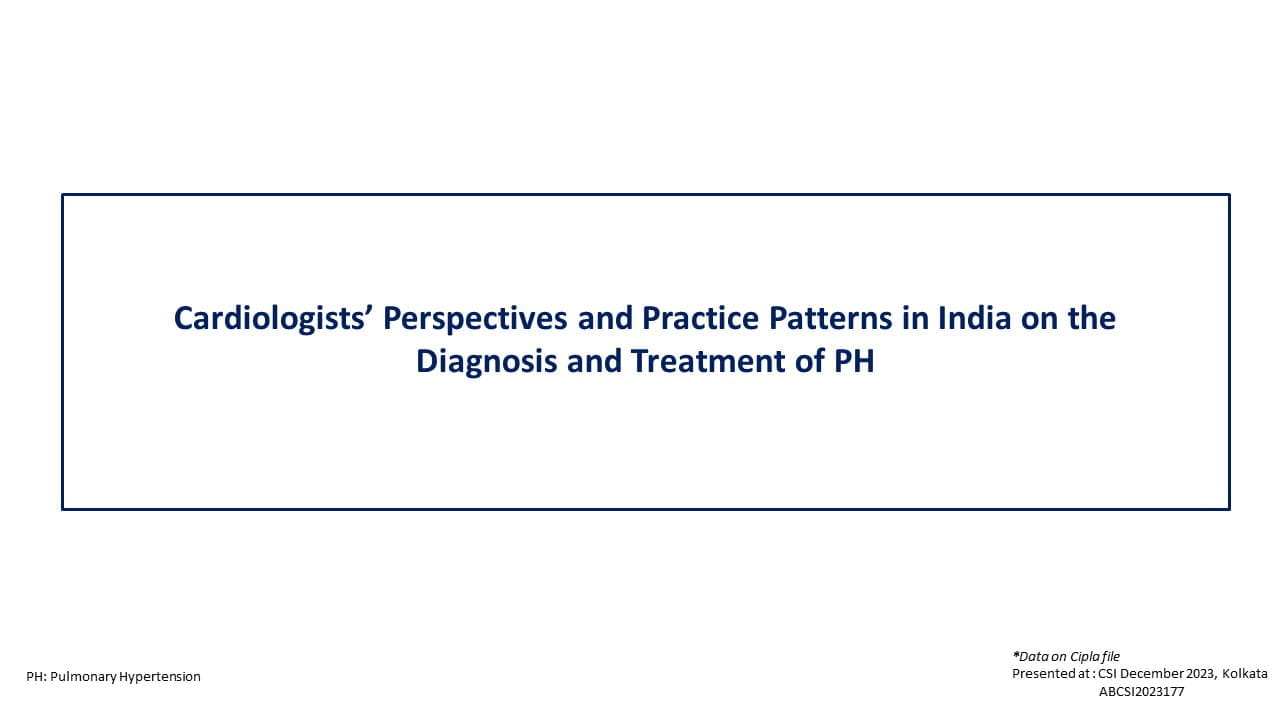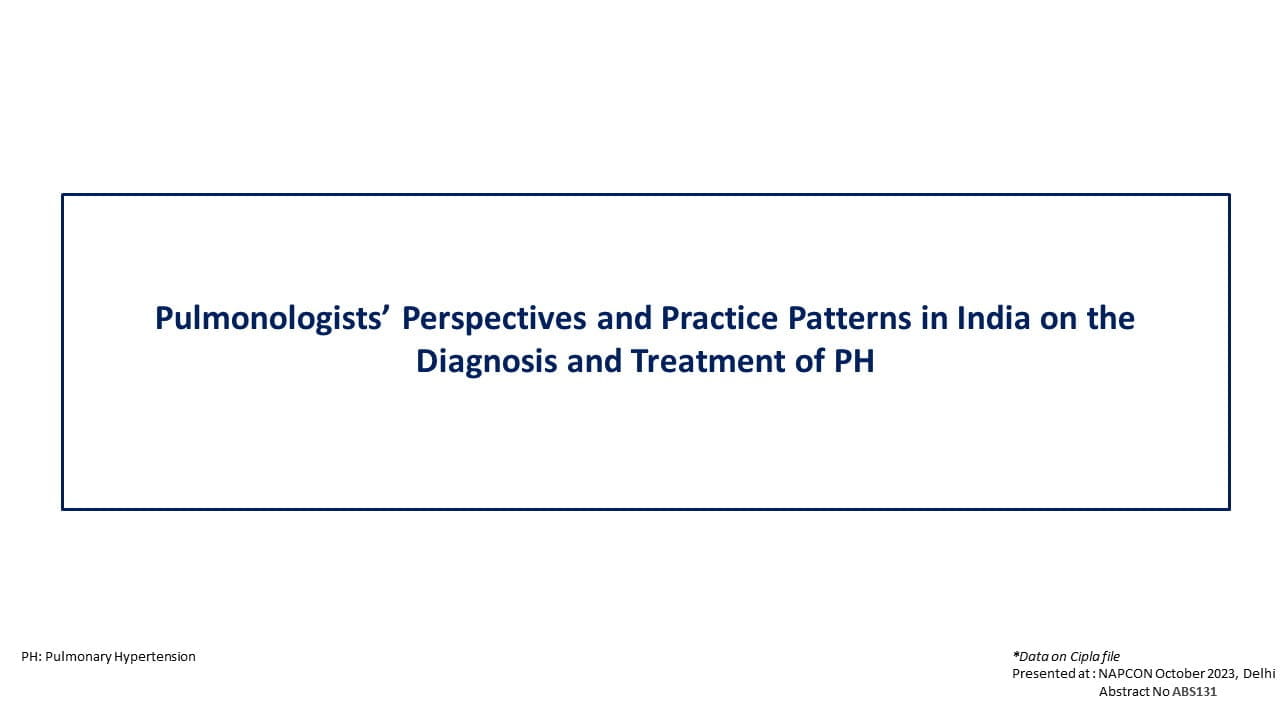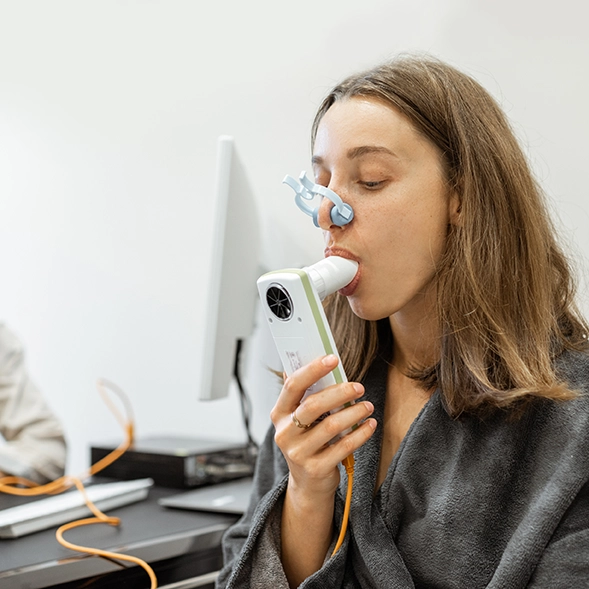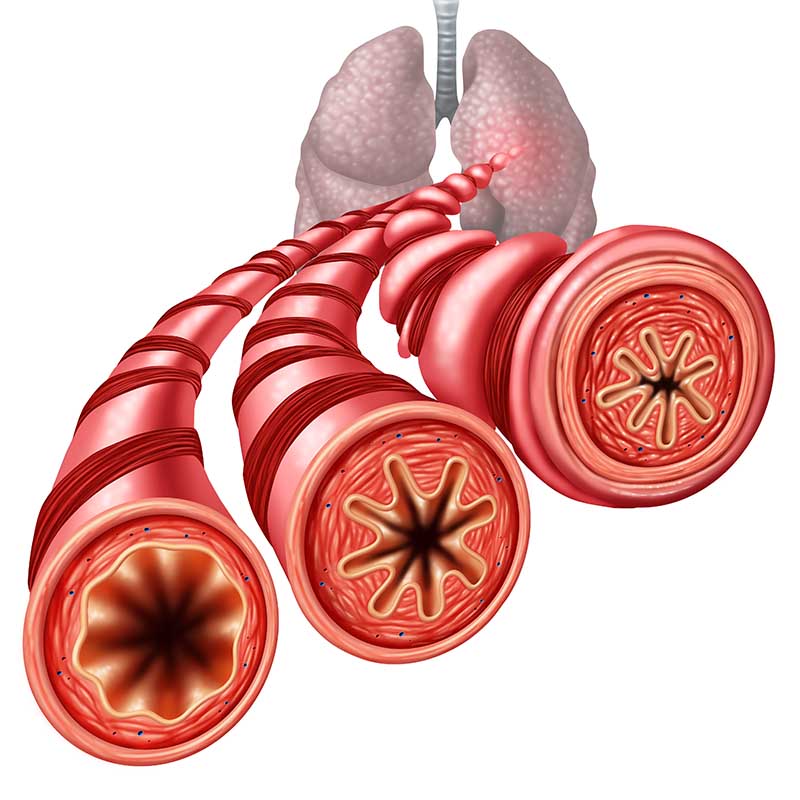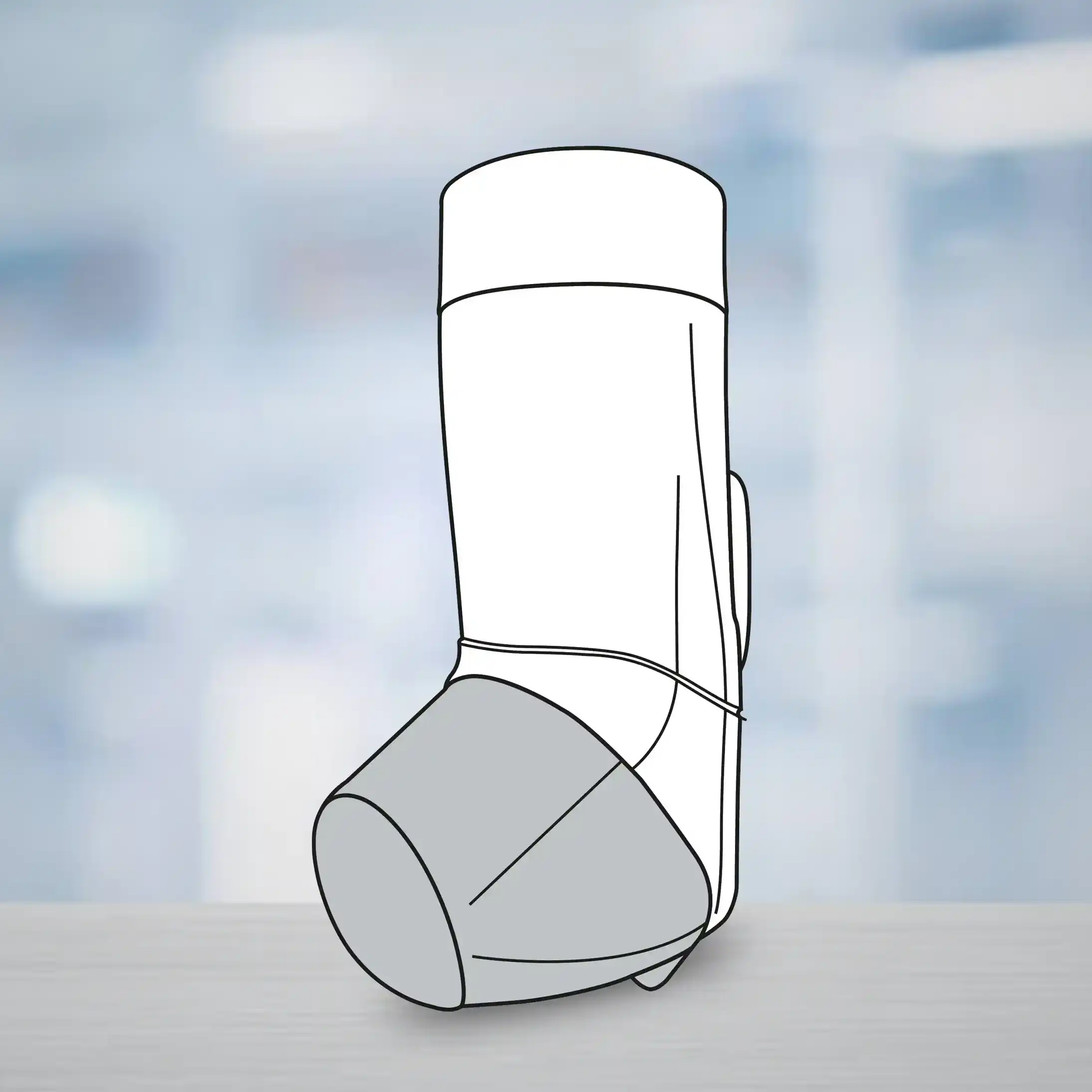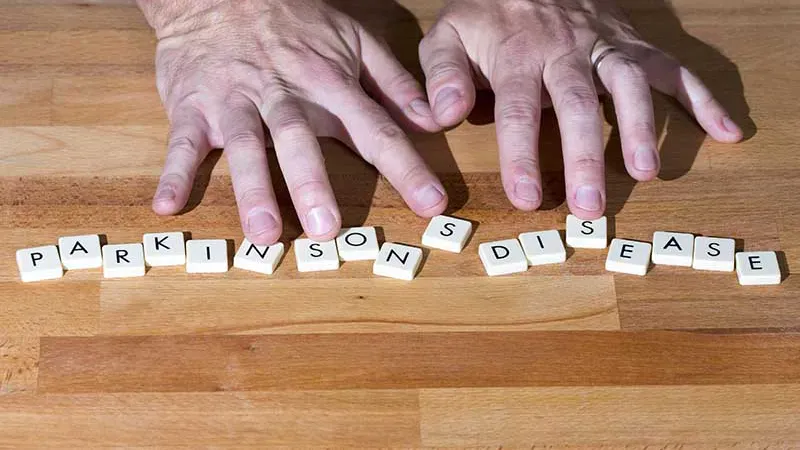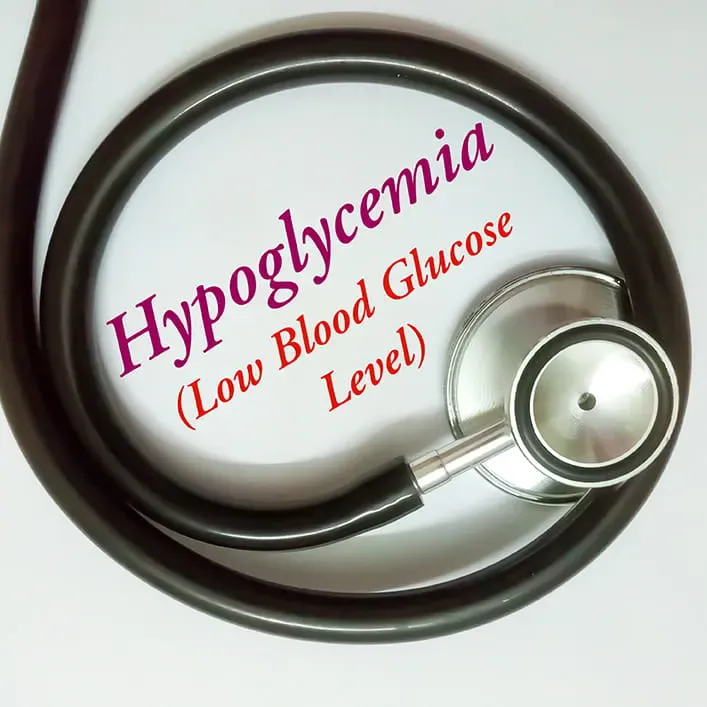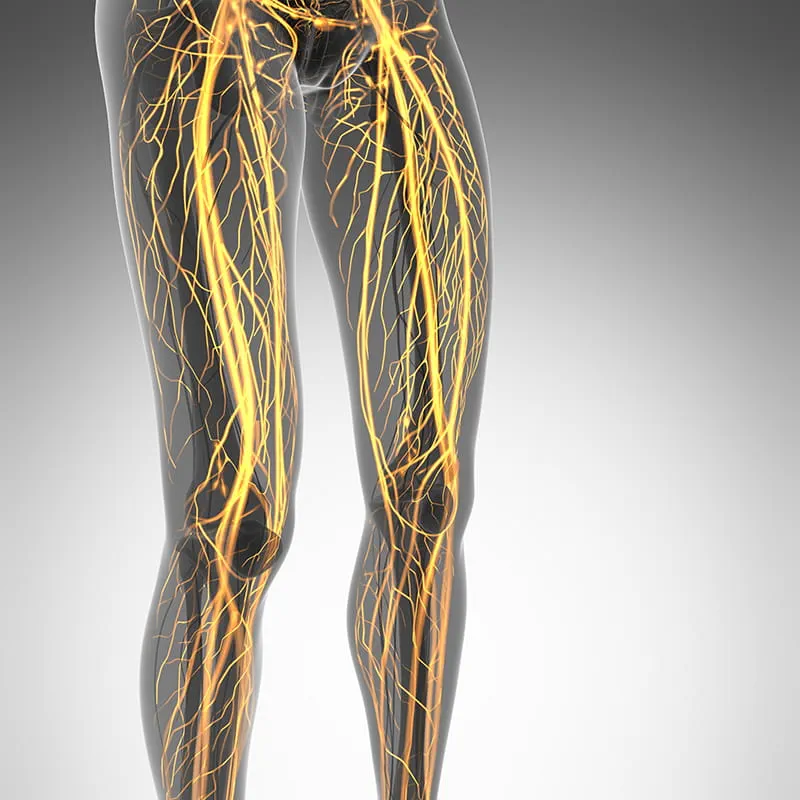Ketoroloac vs. Ketorolac in Combination with Tramadol/Acetaminophen to Manage Pain followingThird Molar Surgery
Introduction
Pain is one of the most frequent and significant post-operative complications associated with third molar surgery. Several analgesics including non-steroidal antiinflammatory drugs (NSAIDs) and opioids have been used to manage the post-operative pain. Ketorolac, an NSAID has been used in pain management following third molar surgeries, but the evidence suggests that preoperative administration may not be sufficient to manage post-operative pain. A combination of analgesics may provide greater analgesia in such cases, thus; ketorolac in combination with opioid analgesic such as tramadol/acetaminophen may be an effective strategy. Till date, no trial has compared the efficacy of ketorolac alone vs. ketorolac in combination with tramadol/acetaminophen to control pain intensity after third molar surgery.
Aim
To compare the efficacy of ketorolac alone vs. its combination with tramadol/acetaminophen for pain control after mandibular third molar surgery
Patient Profile
- Patients with indication of treatment for bilateral third-molar removal, with an extraction degree of difficulty from mild to moderate and at least 1/3 of the root formed as per the radiologic evaluation (n=52).
Methods
Study Design
- A randomized, triple-blind cross-over trial
Treatment Strategy
- Patients were divided into 2 groups:
- Group K+T+A (1 tablet of Ketorolac 10 mg plus and 1 capsule of Tramadol 37.5 mg/acetaminophen 325 mg)
- Group K (1 tablet of Ketorolac 10 mg plus and 1 placebo capsule)
- The treatment was initiated 1 hour before the surgery and was repeated 4 times per day, for 48 h.
- Antibiotic prophylaxis with oral pre-administration of amoxicillin 1 g or clindamycin 600 mg (in patients allergic to amoxicillin), was initiated 1 h prior to surgery.
Outcomes
- Difference in post-operative pain in study groups assessed as:
- Pain intensity (VAS 100 mm, for 48 h)
- Use of rescue medications
- Overall assessment
- Adverse effects
Results
- Mean age of the study population was 20.8 years and majority of them were women (77%). Pain intensity differed significantly at different times in the study population (p < 0.05).
- The pain intensity increased post-surgery and peaked at 3 hours in both the study groups. The pain intensity started to reduce in following hours though few patients experienced pain 48 hours post-surgery.
- The pain intensity differed significantly between the groups only at the time interval of 9 hours, with lower level of pain intensity for group K+T+A vs. group K (p = 0.005).
|
Time assessment |
Median pain intensity |
P value | |
|
|
Group K+T+A |
Group K |
|
|
After surgery |
0 |
0 |
0.50 |
|
3 hours |
9 |
11.5 |
0.18 |
|
6 hours |
0 |
5 |
0.22 |
|
9 hours |
0 |
6 |
0.005 |
|
12 hours |
0 |
1 |
0.08 |
|
24 hours |
0 |
0 |
0.09 |
|
48 hours |
0 |
0 |
0.72 |
- The mean difference of pain intensity in the different assessment periods varied from approximately 4 to 7 units on a 0 to 100 VAS scale.
- Patients in group K had a significantly higher requirement for analgesics (19% vs. 9.6%; p < 0.001). On the contrary, patients in group K+T+A had a significantly higher requirement for antiemetic (0% vs. 30.8%; p < 0.0001).
- Overall assessment did not differ significantly between the study groups.
- The incidence of adverse effects, particularly; dizziness, nausea and vomiting was higher in Group K+T+A (Table 2).
|
Adverse event |
Group K+T+A (n) |
Group K (n) |
P value |
|
Dizziness |
11 |
0 |
0.0026 |
|
Nausea |
20 |
0 |
0.0001 |
|
Vomit |
13 |
0 |
0.0009 |
|
Stomach ache or gastrointestinal discomfort |
9 |
4 |
0.2670 |
|
Migraine |
5 |
1 |
0.2207 |
|
Other effects |
8* |
2** |
0.1138 |
* Loss of appetite (n = 1), Drowsiness (n = 7)*
**Drowsiness (n = 2)
Conclusions
- Both ketorolac and the combination of ketorolac plus tramadol/acetaminophen showed good control of pain following the third molar surgery.
- Although the combination group showed lower pain at 9 hours, the difference was small and not clinically relevant.
- The combination was more expensive and caused more adverse events.
Med Oral Patol Oral Cir Bucal. 2019;24(1):e96-e102.


